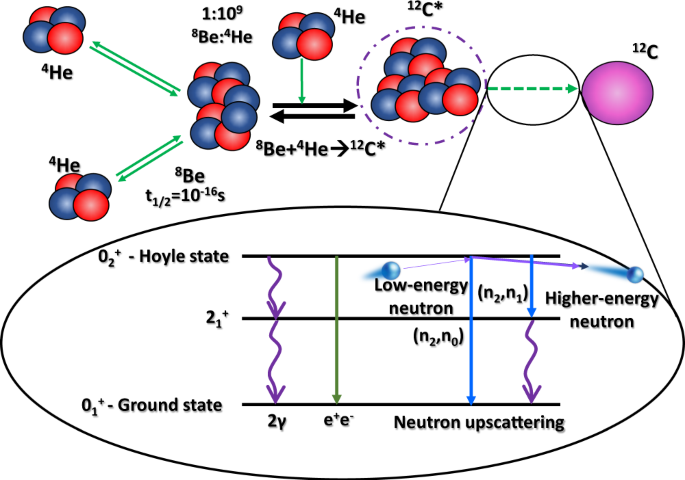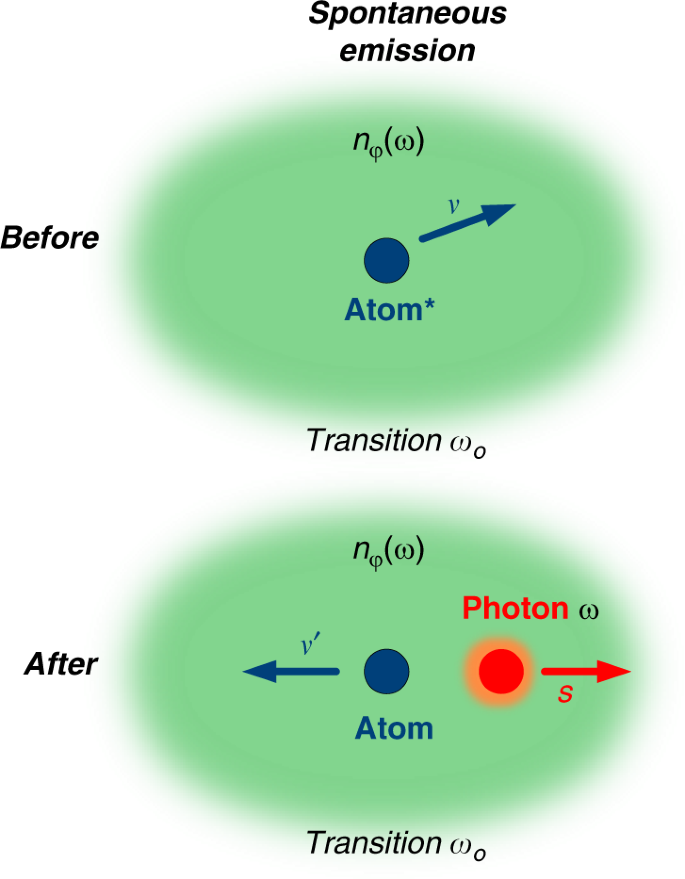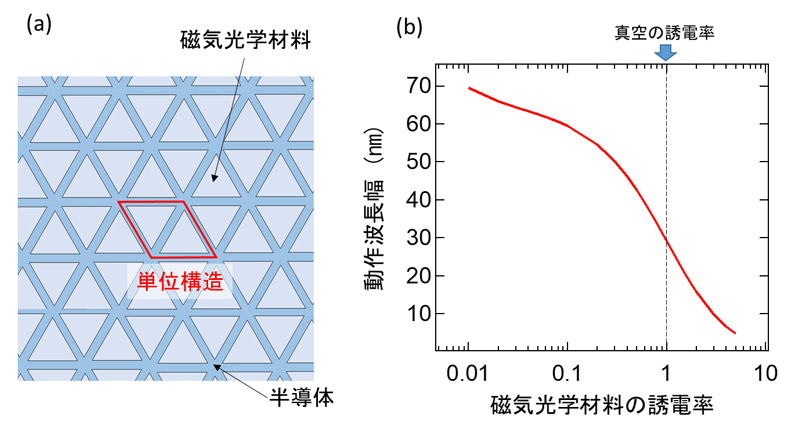2022-04-26 ワシントン大学セントルイス
生命の基本構成要素として世界的に知られている炭素は、一般に星の中心で生成されたと考えられている。しかし今、科学者たちは、ある実験装置を用いて、この元素が別の状況で生成された可能性があるかどうかを検証している。
テキサスA&M大学、ワシントン大学、オハイオ大学の物理学者が参加する共同研究では、TexATと呼ばれる粒子検出器とオハイオ州のジョン・E・エドワーズ加速器研究所の強力な中性子ビームラインを組み合わせて、星の中の炭素生成領域で中性子が十分に存在する場合に、炭素がより効率的に生成されるかどうかを調べています。
研究チームは、『Nature Communications』に掲載された最近の研究で、炭素の生成において中性子が果たす役割は、これまで考えられていたよりもはるかに小さいと結論付けています。
<関連情報>
- https://source.wustl.edu/2022/04/novel-particle-detector-used-to-study-alternate-path-to-carbon-creation-in-stars/
- https://www.nature.com/articles/s41467-022-29848-7#
トリプルアルファ過程の中性子上方散乱による増幅 Neutron-upscattering enhancement of the triple-alpha process
J. Bishop,C. E. Parker,G. V. Rogachev,S. Ahn,E. Koshchiy,K. Brandenburg,C. R. Brune,R. J. Charity,J. Derkin,N. Dronchi,G. Hamad,Y. Jones-Alberty,Tz. Kokalova,T. N. Massey,Z. Meisel,E. V. Ohstrom,S. N. Paneru,E. C. Pollacco,M. Saxena,N. Singh,R. Smith,L. G. Sobotka,D. Soltesz,S. K. Subedi,A. V. Voinov,J. Warren &C. Wheldon
Nature Communications Published: 20 April 2022
DOI:https://doi.org/10.1038/s41467-022-29848-7

Abstract
The neutron inelastic scattering of carbon-12, populating the Hoyle state, is a reaction of interest for the triple-alpha process. The inverse process (neutron upscattering) can enhance the Hoyle state’s decay rate to the bound states of 12C, effectively increasing the overall triple-alpha reaction rate. The cross section of this reaction is impossible to measure experimentally but has been determined here at astrophysically-relevant energies using detailed balance. Using a highly-collimated monoenergetic beam, here we measure neutrons incident on the Texas Active Target Time Projection Chamber (TexAT TPC) filled with CO2 gas, we measure the 3α-particles (arising from the decay of the Hoyle state following inelastic scattering) and a cross section is extracted. Here we show the neutron-upscattering enhancement is observed to be much smaller than previously expected. The importance of the neutron-upscattering enhancement may therefore not be significant aside from in very particular astrophysical sites (e.g. neutron star mergers).



